Mental Bandwidth Unleashed: The Neurological Case for AI in Diagnostic Imaging
Ever wondered how a Radiologist's brain processes a diagnostic image? And what happens when AI enters the picture?
Let's dive into the fascinating intersection of neuroscience, artificial intelligence, and enterprise imaging, where we're not just changing workflows but fundamentally rewiring how clinicians think.
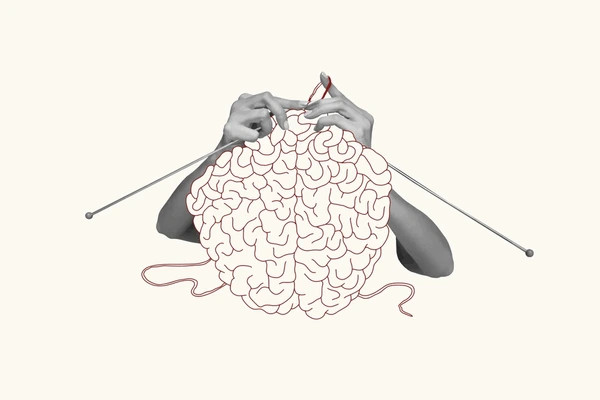
The Cognitive Load Challenge in Modern Healthcare
Let's talk about your brain on radiology. The average radiologist today must interpret an image every 3-4 seconds to keep up with demand. That's not just busy, it's pushing human cognition to its biological breaking point.
Think about it: the human brain wasn't designed for this kind of sustained visual processing marathon. When radiologists maintain this level of focus, their frontoparietal network (the brain's attention superhighway) goes into overtime. And just like any overworked system, it fatigues. This isn't just about being tired; it's about a measurable decline in the neural activity that powers accurate diagnoses.
The real kicker? This cognitive overload isn't just making radiologists cranky, it's creating a neurological bottleneck that affects patient care. Your brain, remarkable as it is, has limits. And modern healthcare imaging is smashing right into them.
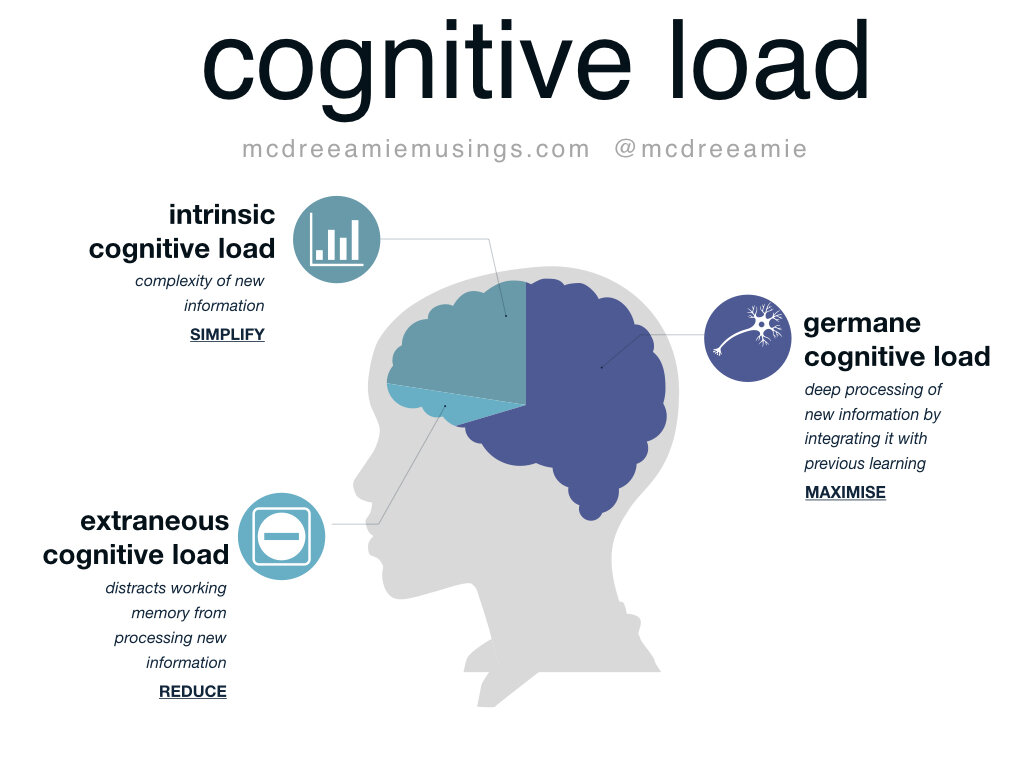
The AI-Enhanced Brain: Augmented Intelligence in Practice
Ever wondered what's happening in your brain when an AI has your back during diagnosis? It's fascinating. When radiologists work with well-designed AI tools, we see something I call a "cognitive partnership" emerge. The brain's stress centers (that's your limbic system doing its thing) actually calm down when AI handles the initial screening. Think about it – your brain knows it has backup, so it doesn't trigger those stress responses that cloud judgment.
Meanwhile, your frontal lobe – the brain's executive boardroom – kicks into higher gear. With the mundane pattern-matching outsourced to AI, your higher reasoning centers light up like a Christmas tree on an fMRI. What's really cool? Over time, this partnership actually reshapes neural pathways. Your brain adapts, developing new strengths that focus on the complex interpretation rather than basic detection.
This isn't just theoretical brain candy – it translates to real results. Facilities using comprehensive AI-enabled imaging solutions report slashing diagnostic time by up to 32% while maintaining (or even improving) accuracy. The neural payoff? Clinicians experience less cognitive fatigue, make better decisions longer, and actually report enjoying their work more. Who knew that giving your amygdala a break could improve both patient outcomes and physician satisfaction?
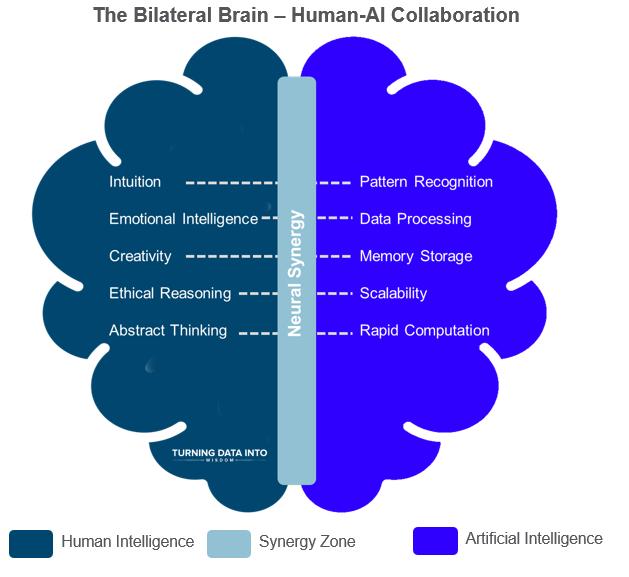
Beyond Radiology: The Enterprise Neural Network
Here's a thought experiment: What if we looked at healthcare systems the same way we look at the brain?
Your brain doesn't store vision in one part, sound in another, and completely separate them, it integrates information across neural networks to create a complete picture. Yet most healthcare systems still operate in silos, creating what I call "cognitive friction", that frustrating disconnect when information doesn't flow naturally between systems.
The best enterprise imaging solutions create what I've termed "enterprise neural coherence." Sounds fancy, but it's actually pretty intuitive:
- Information needs to flow in multiple directions simultaneously, just like signals zipping between your brain hemispheres
- Context must follow the data, just as your working memory integrates sensory information to create meaning
- Pattern recognition needs to scale beyond what any single human brain could process—mimicking how our collective intelligence tackles complex problems
When these elements align, magic happens. Clinicians experience the digital equivalent of "being in the zone" that state where information flows effortlessly, insights emerge naturally, and the technology feels like an extension of thought rather than a barrier to it.
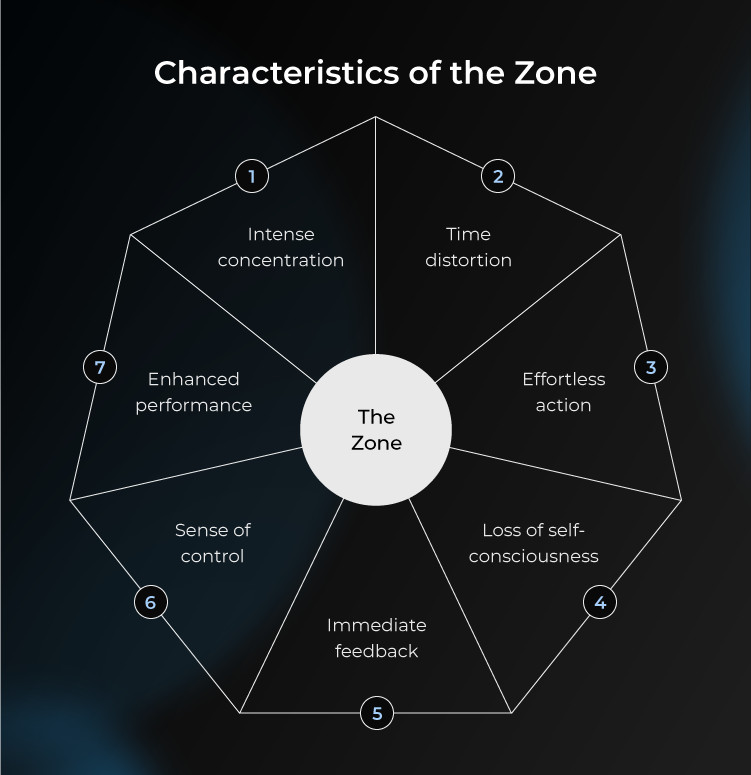
The Performance Science of Implementation
Here's where the rubber meets the road: even the most brilliant technology fails if it fights against how our brains naturally work.
I've seen multi-million dollar implementations crash and burn because they ignored basic principles of human performance science. The truth? Successful digital transformation isn't a technology challenge, it's a brain challenge.
When rolling out enterprise imaging solutions, smart organizations focus on:
- Attention architecture: How does the interface direct and sustain focus? Does it work with your brain's natural scanning patterns or against them?
- Cognitive workflow design: Does the system align with how clinicians naturally process information, or does it force unnatural mental task-switching?
- Neural feedback loops: Does the system learn and adapt based on how it's used, creating a virtuous cycle of improvement?
I've found that organizations seeing the highest ROI from their enterprise imaging investments aren't necessarily those with the biggest budgets, they're the ones that approach implementation through this neuroscience lens. They recognize that technology adoption follows the same neural pathways as any other form of learning: it has to make sense to your brain.
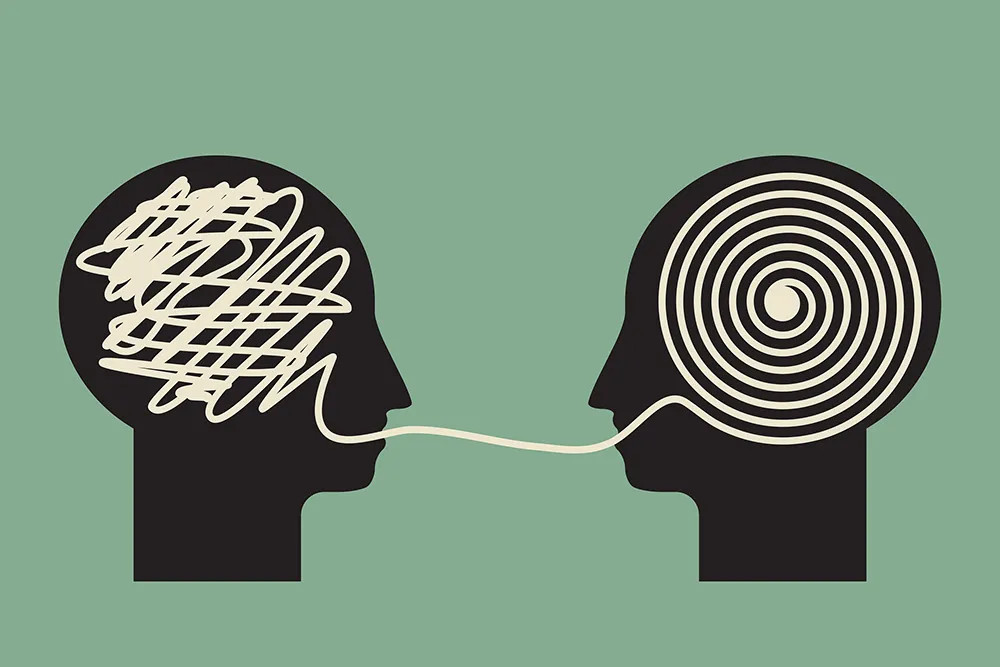
Looking Forward: The Cognitive Ecosystem
So where is all this headed? I'm betting on what I call "complete cognitive ecosystems" environments where human expertise and artificial intelligence don't just coexist but actively enhance each other.
Imagine AI that adapts to your thinking style rather than forcing you to adapt to it. Visualize interfaces that intuitively present exactly the information you need, exactly when your brain needs it. Think about systems that reduce cognitive load during routine tasks but increase engagement during complex decision-making.
This isn't science fiction, it's the next evolution of enterprise imaging. And it's not just about better images or faster workflows—it's about better thinking. In healthcare, where thinking directly translates to human lives, that's everything.
About the author: As a leader in healthcare marketing with deep expertise in enterprise imaging, digital solutions, and AI implementation, I've spent my career bridging the gap between cutting-edge technology and the human experts who use it. My work at The Lift Lab explores the intersection of neuroscience, performance optimization, and technology adoption, bringing a unique perspective to healthcare's digital transformation journey.